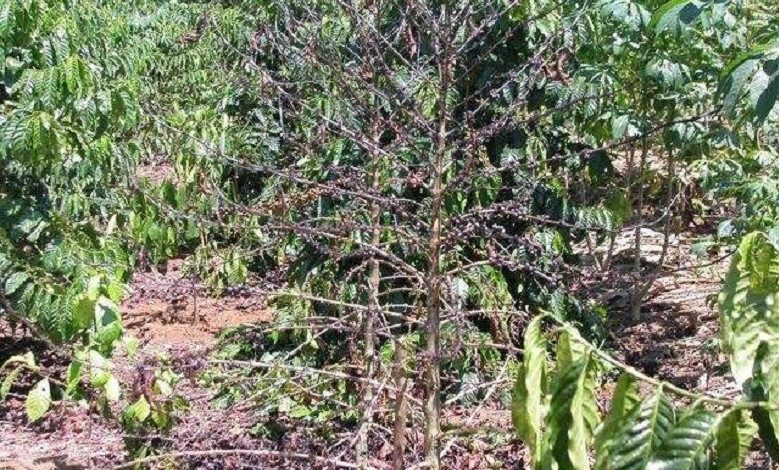Scientists revived a 70-year-old tree-killer fungus

Scientists at Imperial College London resuscitated cryogenically frozen samples of the fungus that causes coffee tree wilt – Tracheomycosis – 70 years ago. According to the institution’s website, the researchers wanted to find out how the disease evolved in the past and how to prevent it from spreading in the future.
Tracheomycosis is characterized by the affection of the xylem (the main water-conducting tissue of land plants). Fungi and fungus-like organisms cause it. The pathogens of this disease are referred to as necrotrophs by the type of feeding.
Since the 1920s, Tracheomycosis has caused the death of plantations in sub-Saharan Africa, and it still affects two of the most popular coffee varieties: Arabica and Robusta. The last serious outbreak in 2011 killed 55,000 robusta trees in Tanzania.
After studying “revived” samples of the fungus and comparing them to modern ones, scientists suggested that its ability to infect coffee trees had increased.
This could have happened due to crossbreeding with a closely related fungus affecting banana plantations. Researchers believe the risk of new strains could be reduced by planting coffee trees separately from other crops. A similar precaution can be applied to other cultivated plants.
Earlier, the publication on Die Welt, citing a fruit expert, warned that an aggressive strain of fungus Tropical Race 4 (TR4), affecting bananas, can leave humanity without this delicacy.




